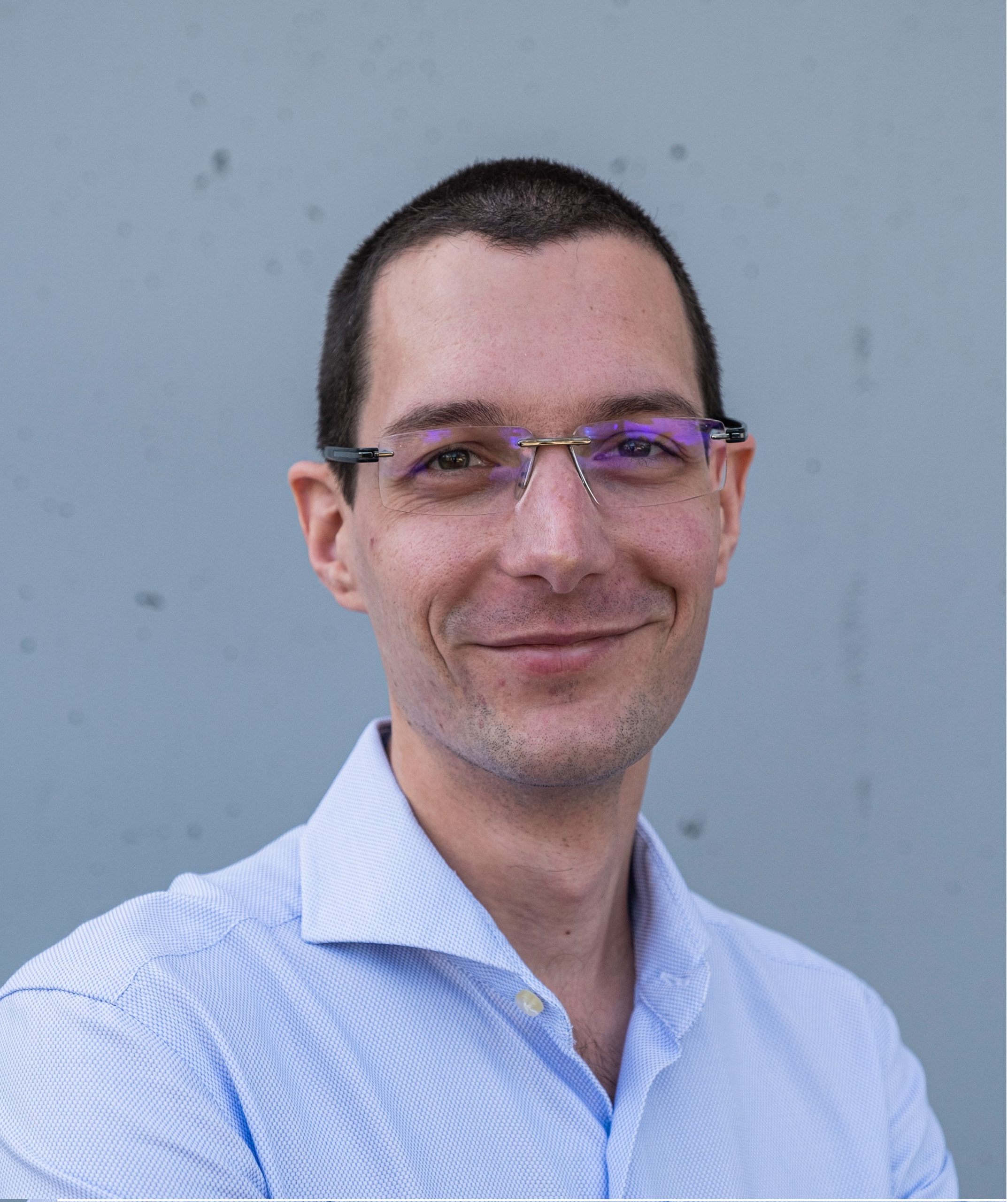The evolution is based on various company stories, evolution, context change that we will share below. Each story was based on projects, people and accomplishments as a team in order to transform our company. We will share the story of the team in Leiria, from its birth through its different evolutions.
La Redoute growth internationally with a start-up approach per country
La Redoute was started in France, in Roubaix, and is still located there today for its headquarters. At the creation, the activity was solely based in France and has been a precursor in the mail-order selling. Teams were mainly based in France with the headquarters and warehouse facilities.
In order to diverse and gain market share, the company decided to deploy its business up to international countries. The main driver was to be fast in order to quickly be present and maximize the market share. Therefore, the decision was to create a subsidiary in each key country identified: Portugal, Spain, Switzerland, Belgium, Italy. Their initiation was by design in a start-up mode, with local management, systems and processes for speed.
A development team was also created in Portugal to support the activity
At that time, a dedicated IT system was chosen and deployed for each country to quickly replicate the business model. We were in 1988, La Redoute Portugal subsidiary created its own team and IT system. It was the birth of the IT team in Leiria, working mainly in AS400 and COBOL technologies for the back-office perimeter.

From a local development team to the international back-office
After some years of business development in those countries, the international division started to gain more importance in the company. As the market evolved in the countries, there was a clear active and emerging competition. We realized that in order to be faster and scalable globally, we needed to be coherent as an international company. We took the decision to harmonize corporate processes and systems by using a common IT platform. The Portugal system was selected in part for its successful usage.
This was a major step in the area of Development and Operations. Both teams were reinforced to respectively address the system adaptations. We had also to increase our capacity to operate and maintain in preparation of a larger deploy.
The convergence took time and effort to reach an harmonized platform
The transformation took years of project implementation, as each one required to assess and adapt the business processes. Then we had to release the changes, accommodate with infrastructures, data migration, training. Various countries were migrated over-time, each one with its specific complexity and context. For instance the UK transformation lasted more than 3 years, with a specific inherited Mainframe. Some countries were also opened during the harmonization to sustain the business development.
Our Digital Transformation as accelerator of the team growth
In 2014, La Redoute was mainly organized around two business divisions, France and International. IT organization was matching the business one. We had two IT platforms and teams working on different activities, processes and systems. It was the year La Redoute was sold by its holding, where a new board was appointed. We started a major and imperative transformation program to come back to profitability.
The main direction taken was to build a common IT platform, that first would host France, and then the remaining countries. Our starting point for France was based on the Mainframe monolith, plus some vertical applications. On the international side, the platform was still based on AS400/DB2. Fortunately, the transformation had been done on the application side moving to a Java stack.
A distributed architecture enabled more parallelization
A new architecture target and model was defined. It consisted on SOA principles with a macroservices architecture to migrate from the Mainframe. The transformation needed to be done block by block, while managing the organizational transition at the same time. Some applications were bought from third parties vendors and integrated, while others were reused or built. The last one being developer with the Leiria team. This is when the team doubled its size, from 15 people to about 30+. It was a necessary step in order to keep up with the transformation effort.

In 2018, after those main transformation projects, we were still lacking development concentration. A part was done in France and in Spain , due to the history of our organization. For the latter, the collaboration was an outsourcing model where the added complexity and inherent lead-time was not satisfactory anymore. In order to achieve a better performance and productivity, we decided to concentrate our remaining development activities in the Leiria center. Fortunately, we managed to do it without social impacts. At the end of those projects, we were ranging between 45 to 50 persons. We worked in parallel on the team organization to cross-functional areas, allowing us to better address the business flow.
A team concentration allowing to move to a Product and Platform organisation
Over-time, the team grew due to the structural improvements made on the system. The main benefit allowing to better parallelize our developments, making us around 60 people today. Our focus right now is to continue the transformation of the IT platform. We evolve from macroservices to an event-driven microservices architecture in the cloud.
In the next article, we’ll explain how we grew our Ops team.

